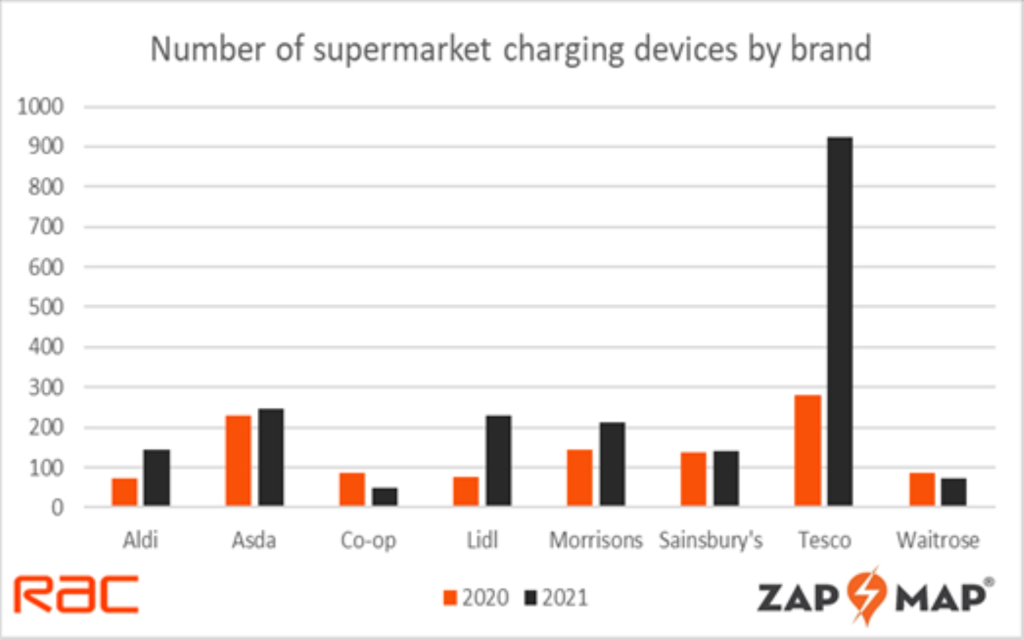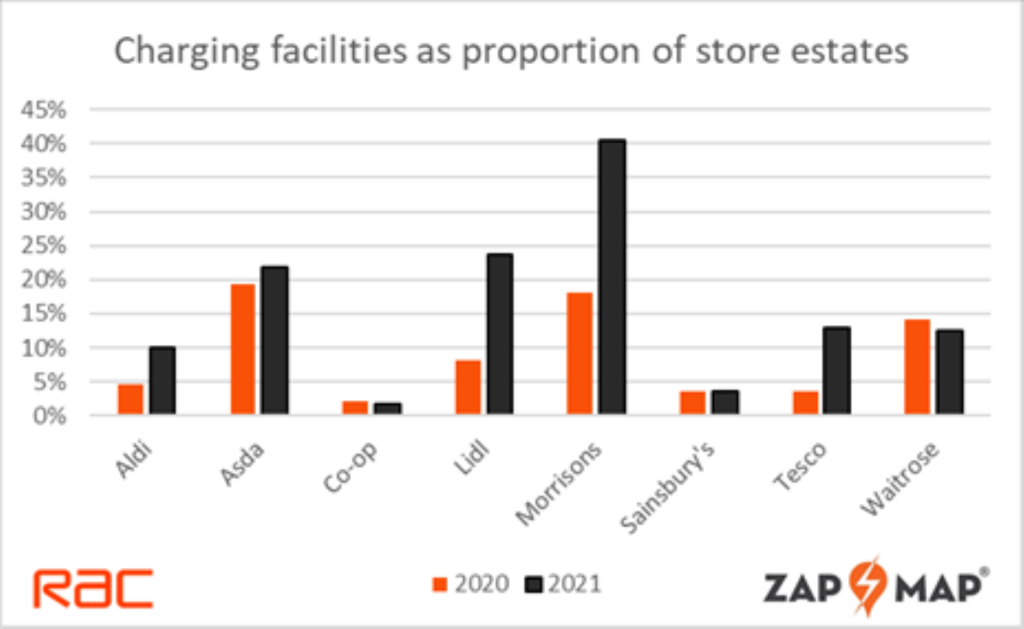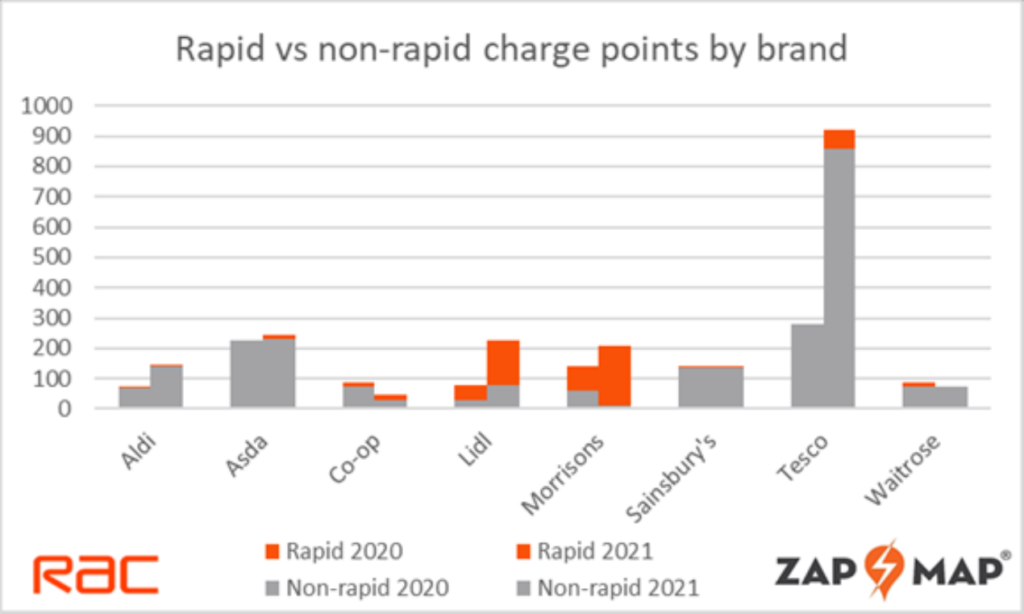Used Car Sales Fall Away In Quarter 3
Thursday, 25. November 2021
The shortage of microchips and raw material caused a major shortage of new cars being built resulting in demand increasing during 2021 for used cars pushing up prices but there’s a limit that people will pay for a used car. Here’s the report.
UK used car transactions fell by 6.2% to 2,034,342 units last quarter, 134,257 less than in Q3 2020 when the easing of lockdown measures saw the market bounce back strongly, according to new figures from the Society of Motor Manufacturers and Traders (SMMT).
Used car transactions declined in every month across the quarter, with July, August and September all falling, by 4.9%, 5.9% and 7.9% respectively.
Overall, the period is down 2% on 2019 pre-pandemic, making it the weakest quarter three since 2015.
It means the used car market is up 16.4% year-to-date but still 4% down against same period pre-pandemic.
Demand for used battery electric (BEV) and plug-in hybrid (PHEV) vehicles continued to grow in Q3.
Reflecting recent trends in both the new and used markets, transactions rose by 56.4% and 43.3% to 14,182 and 14,990 respectively.
In fact, the number of used BEVs that changed hands during the period was the highest recorded in any quarter. Hybrid electric vehicle (HEV) transactions also increased by 20.3% to 40,157.
The market share for all used plug-in vehicles increased to 1.4%, up from 0.9% the previous year.
Petrol and diesel powertrains continued to dominate, however, comprising 96.4% of all transactions equivalent to 1,959,955 units, although demand for both declined, by 6.9% and 7.6% respectively.
Mike Hawes, SMMT Chief Executive, said, “Despite the used car market declining in the third quarter, record sales earlier in the year, particularly in the second quarter, means the market remains up year to date.
“Given the circumstances, with the global pandemic causing a shortage of semiconductors needed to produce new vehicles, undermining the new car market, used transactions were always going to suffer too. This is particularly worrying as fleet renewal – of both new and used – is essential if we are to address air quality and carbon emissions concerns.”
Superminis were the most popular body type, taking a third of the market (33%), followed by lower medium (26%) and dual purpose (13%). All segments saw declines with MPVs falling most, down -13.1% in the third quarter.
Black remained the most popular colour choice with 436,511 transactions, followed by silver and blue. Only two colours saw their sales increase during Q3 with orange rising by 3.6% and brown up 1.1%.
Thanks to record sales earlier in the year, year-to-date the used market is 16.4% up on 2020 to 5,889,601 units, an increase of 829,780 transactions. The overall market, is however, 33.9%, or 241,160 units off the 2019 total for the first nine months of the year.
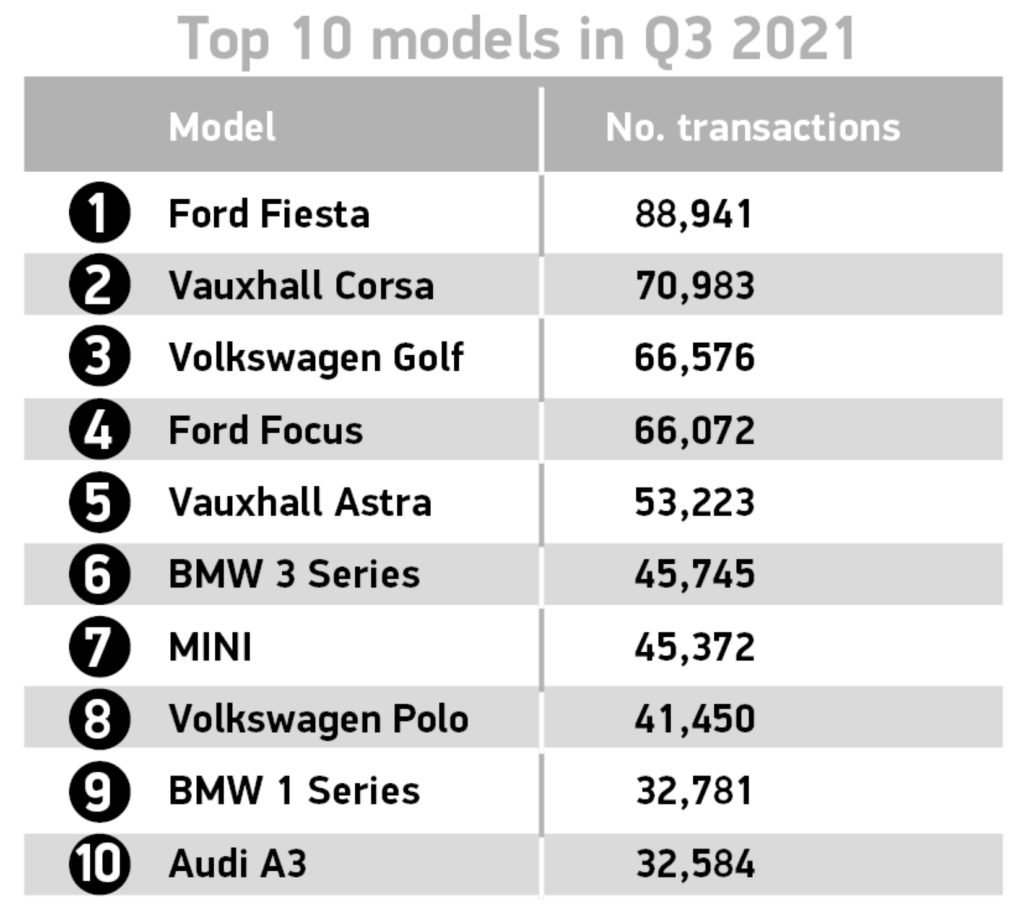
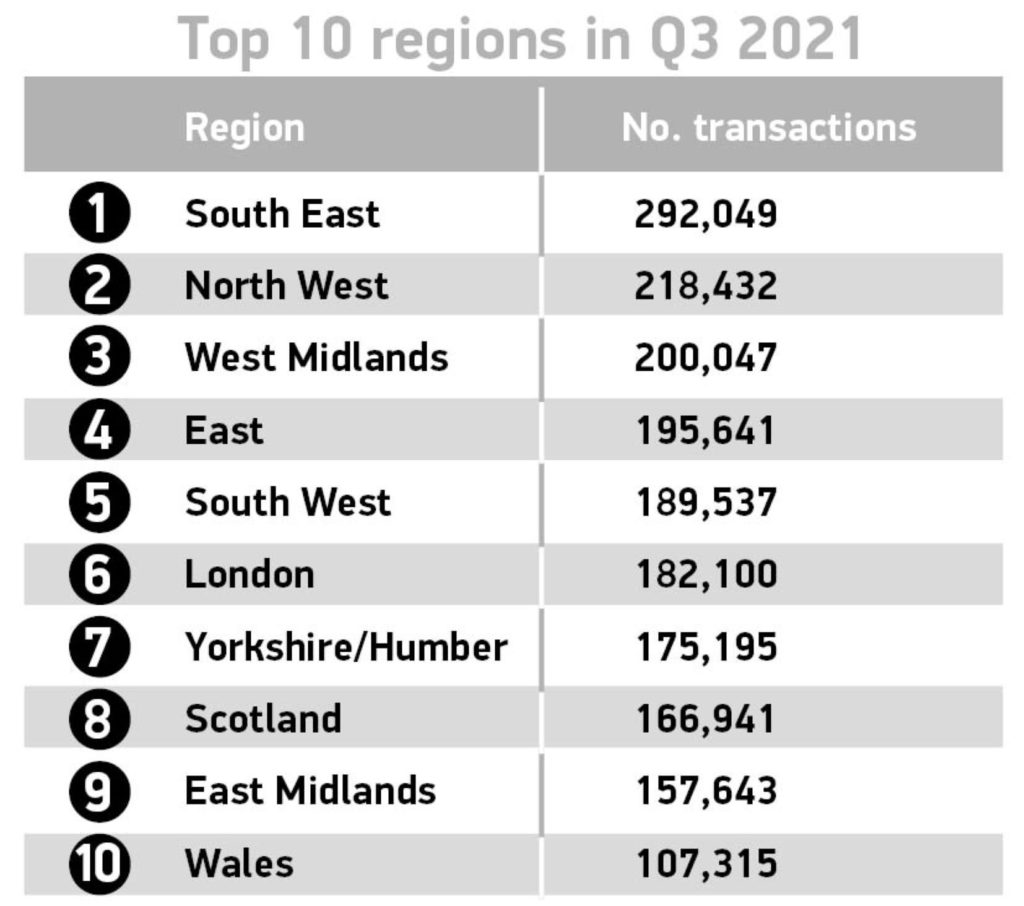
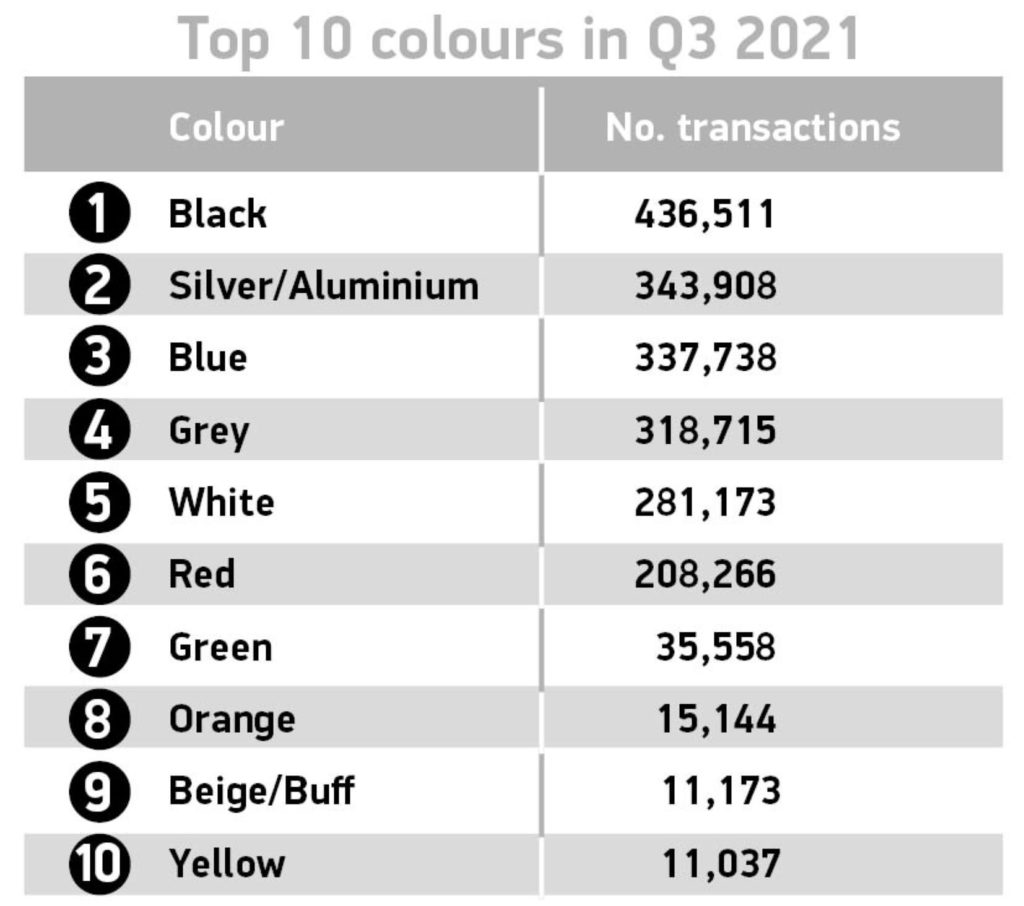
By Graham Hill thanks to Fleet News























